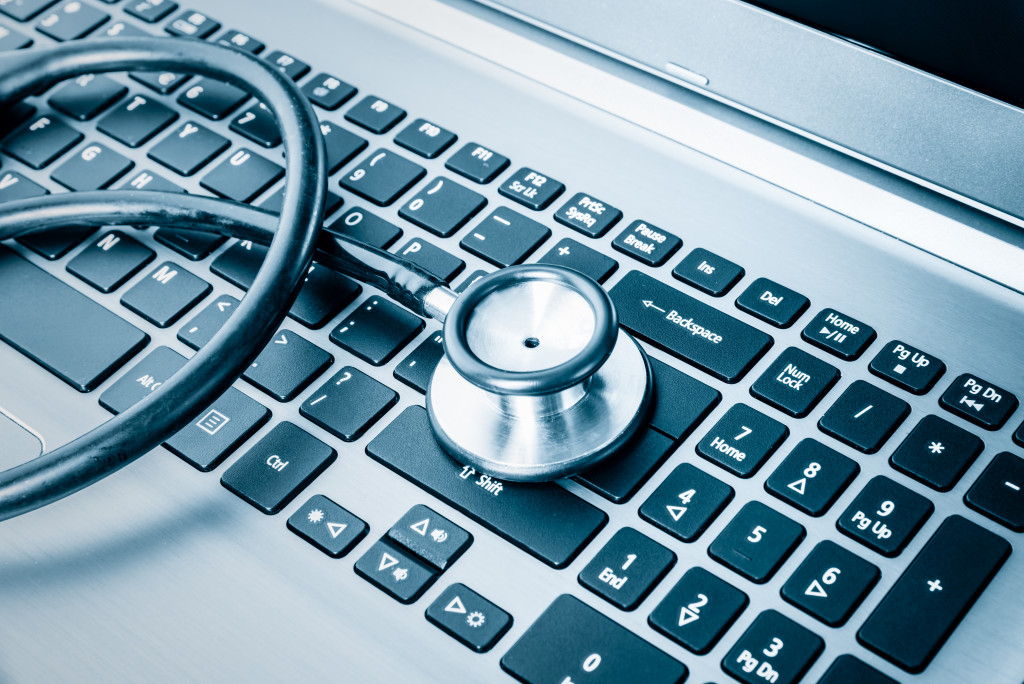Technology is growing at a faster rate than we ever imagined. But the digital revolution has impacted the medical profession hugely. With digitization, innovations in medical sciences are becoming more helpful to people. From artificial intelligence for diagnosing diseases to robots assisting in surgery, the medical world is making the most of the technology. Some ways digital science and technology has made an enormous impact in medical care and management include the following.
Data Collection and Evaluation
The explosion of big data is the most significant change and innovation of the modern era. Specialists predict that the future growth of medical data will be measured in petabytes, exabytes, or zettabytes. If the prediction proves true, there may be significant issues while analyzing this massive amount of data. Storing such an extensive database in the form of papers will be challenging. The chances of them getting damaged or lost also increases. So modern world calls for modern solutions such as cloud software.
Various cloud-based platforms enable the easy, quick, and secure storage of large databases. Cloud systems also make it easy to access essential data. For instance, ServiceNow healthcare allows automating and managing digital workflows to reduce manual processes. It helps unlocks the potential of modern technology for medical care to deliver better clinician and patient experience. Here are some benefits of using cloud systems.
- Secure sharing of information with patients
- Quick access to patients’ records
- Effective communication between doctor and patient
- Reduce costs
- Improved efficiency to meet your business goals
- Improved productivity at work

Telemedicine
Telemedicine allows easy evaluation, diagnosing, and treatment of patients without an in-person consultation. It has been instrumental in treating and screening COVID-19 patients all over the world. It helped protect the medical provider and the patients from the risk of infection. Many healthcare providers have leveraged telemedicine to take care of patients, even those in rural areas with a shortage of healthcare facilities.
Telemedicine encourages the patients to get routine checks since there’s no need to make a hospital visit. The technology allows radiologists to read from any corner of the world and treat patients no matter where they reside. Telemedicine can significantly reduce hospitalization rates and can even be helpful to senior citizens.
It also leverages augmented reality and virtual reality technology to build an immersive environment. This enables simulating personas to make them feel as if they are in the same room for real-life-like consultation and treatment.
Increased Flexibility
The medical business continuously faces problems providing high-quality service to patients while adhering to the most stringent privacy regulations. The process starts with the initial diagnosis and then various stages of treatment. If patients’ records are not transferred on time at every stage of treatment, it can negatively affect the patients’ care.
Mobile software applications here can be a savior in improving the accessibility of the patients and providers. These apps allow people to manage their well-being. Everything can be done quickly in a more secure way, from getting regular check-ups to accessing test results.
Automated Processes
Medical organizations are under tremendous pressure to operate a regulated industry. Here there are hundreds and thousands of administration processes that are to be followed. The improved technologies for this process can save much time in performing it.
For example, the form fill-ups and other documentation can be done online. Automated workflows then can be triggered, and the forms and documents can be accessible to the specific person to view or approve.
The staff can gain new knowledge through the online training by the learning management system on medication or equipment. This can save the team some time and enables them to focus on their work.
Wearable Medical Devices
Most medical organizations are collecting their data from advanced medical devices like wearable technology. Today, patients are no longer ignorant in the digital age but mainly focus on preventing and maintaining their overall health.
The wearable devices provide complete monitoring of high-risk patients to take required steps in the treatment process. These devices include heart rate sensors, sweat meters for blood sugar levels, oximeters to keep oxygen saturation, and exercise trackers. Everyone, including patients, doctors, medical staff, family members, etc., can use this information to take a proactive approach. Wearables allow monitoring vitals and provide the information that can be used with predictive analytics technologies like Artificial Intelligence or Big Data Analytics to predict health problems and treat them early.
Many features have been developed to help patients and health care providers both. Some of these features include the ability to send prescriptions to the pharmacy in seconds. Also, the phone app warns one when a medical condition has been diagnosed. The medical field with technology has come a long way in all these years and will keep advancing in the future years to come making lives easier and healthier.
